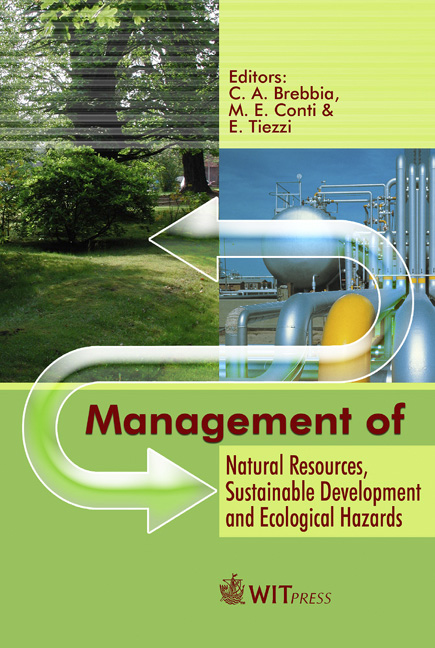Accidental Mercury Spill In The Andes: Forensic Neuropsychological Evaluation Six Years Later
Price
Free (open access)
Transaction
Volume
99
Pages
10
Published
2006
Size
587 kb
Paper DOI
10.2495/RAV060711
Copyright
WIT Press
Author(s)
F. Gonzalez & A. Saldivar
Abstract
On June 2, 2000, 330 pounds of elemental mercury from a local gold mine was spilled over a 45-kilometer stretch of the region’s main road. The affected road represents the only route between towns and receives heavy foot traffic. People from the surrounding towns, believing the mercury to be valuable, gathered and carried mercury using any means available. They took mercury into their homes and in many cases handled mercury extensively, even going so far as to try to clean it. Adults and children of all ages were exposed. Many were hospitalized and chelated; some were not. Levels of exposure and symptoms varied, and many victims did not receive treatment or care as local resources were quickly overwhelmed. This paper outlines an approach to a forensic assessment model for a culturally diverse and challenging population. The literature on the neuropsychological effects of mercury on children and adults will be briefly discussed. Recommendations from the World Health Organization for assessment of neurotoxicity and their implementation in the current project will be reviewed. Two pediatric cases are presented from a medical and neuropsychological perspective. Discussions regarding the effects of the spill on the local educational system and community as a whole will be presented. Keywords: neuropsychology, culture, Spanish, mercury exposure, toxic exposure, forensic, neurotoxicity, chelation, penicillamine, child, pediatric. 1 Introduction Mercury (Hg) was known to ancient Hindus and Chinese before 2000 B.C. The Greeks used it in ointments, the Romans in cosmetics, and it has been found in 3500 year old Egyptian tombs. It is often a by-product of gold mining and frequently used in thermometers, barometers and pressure sensing devices,
Keywords
neuropsychology, culture, Spanish, mercury exposure, toxic exposure, forensic, neurotoxicity, chelation, penicillamine, child, pediatric.





